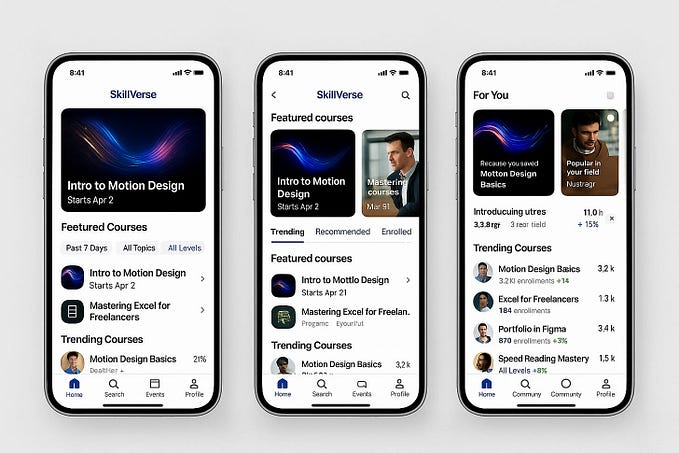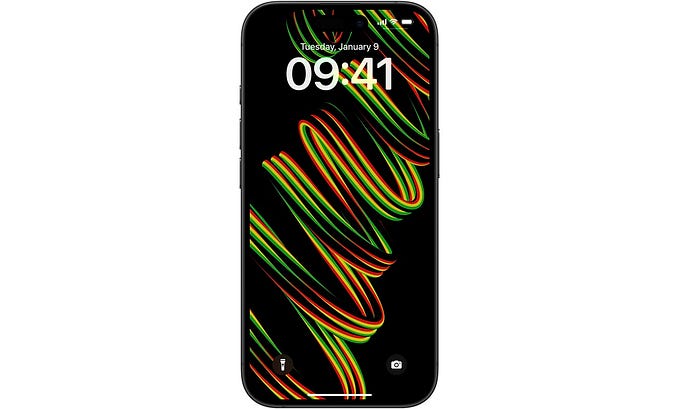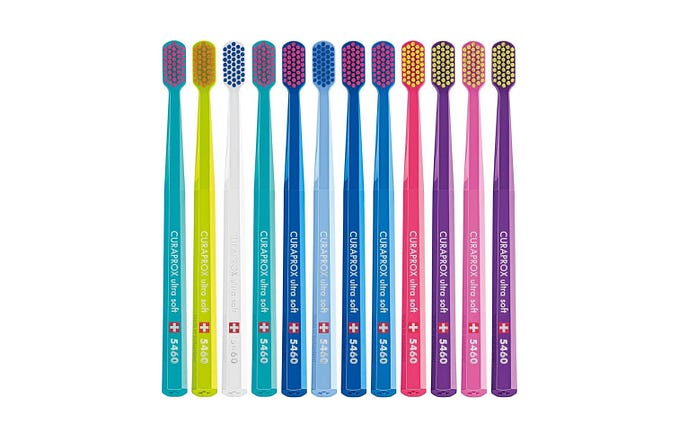Pop the question: using quizzes in eCommerce UX
Online quizzes are everywhere, but are they a good customer experience?

Quizzes are special to ’90s kids like me. As soon as I could read, I used magazines in the pediatrician’s office to find out important facts like what my ideal pet is or what kind of sandwich I would be. Later, these turned into forwarded email chains and sprawling Facebook posts with complete personality matrices. (This was back in the days before privacy and data sharing were a hot topic. If my high school best friend dug up her old emails, she could probably steal my identity.)
Nowadays quizzes are a way of life on the Internet — there are entire websites dedicated to quiz content. You can find one for any topic under the sun: what your IQ is, what that mysterious lower back pain is, when your next breakup will be, or even what Hogwarts house you’re in.
Personality or style assessments are part of the growing trend of targeted content. Some companies, like StitchFix, make this personalization the core of their business model.
I’ve constructed quizzes for everything from finding the right engagement ring to the finding right flu test kit, and each one has been a unique process. At its core, a good eCommerce quiz should help customers find products suited to the their specific needs, inspiring confidence in the purchase.
Question 1: Why Are Quizzes So Popular?
There are many reasons, but here are a few of the biggest:
- They’re fun
Online quizzes have a lot in common with online games: they’re interactive, they act as a social tool, and they provide a sense of achievement when complete. - They’re shareable
Although the formats have changed, there is still a lot of fun in comparing results with your friends. With social media, you can share results over a much greater distance. - They provide expert insight to newbies
Not sure how many boxes you need for your move? Can’t find the right foundation for your skin tone? By answering a few simple questions, you can get a recommendation for something you don’t actually know much about.
Question 2: What Can Go Wrong?
For every helpful quiz out there, there are three pointless ones. Unhelpful quizzes may still be fun to complete, but we can’t use them to provide recommendations or sell products.
The most common pitfall is lack of correlation. Content designers frequently make a list of desired results and then randomly connect them to unrelated questions. Even a Buzzfeed writer admitted in her New York Times article that the quizzes she writes are “all made up.”
Sorry, there really is no way that you can figure out your dream date’s sign based on the pizza you build when you’re drunk.
Question 3: How Do We Build a Good Quiz?
If you want to build a quiz that will help customers find products:
- Create a Clear Correlation
You don’t want to fall into the trap of making random recommendations. Make sure that the results customers get are directly related to their answers. Don’t be afraid to rely on experts here. You’re a master of UX, not necessarily a master of whatever subject you’re creating the quiz for. It takes a lot of know-how to make an informed recommendation on hair care products or cookware. - Make Results Repeatable
Ever taken a quiz a couple times and ended up with completely different results? While it can be fun to take a quiz again, fun is not the primary goal when you’re finding a product. People who take the same quiz over and over should end up with similar results each time, even if their answers vary slightly. - Tailor Length to Motivation
The clients I’ve worked with are almost always concerned about how long it takes to answer all the questions. The fear is that people will not complete long quizzes, leading to high abandonment. While this may be true if someone is looking for the right nail polish, it’s a lot less likely if they are looking for the right boyfriend. If your quiz is about a complicated topic, you will need to ask a lot of questions. The good news is that users who are seeking help on more difficult topics are more motivated. If you have a well designed experience with clearly posted progress that users can save and come back to, don’t be afraid to use as many questions as you need. - Educate on Technical Points
Remember when you had those experts to help you understand how questions produce results? Your users won’t have that. If they are looking for help choosing the right product in the first place, they probably don’t understand parts of it. If you need to ask users if they want USB, USB-C, or HDMI connections on their new PC, be sure there is an illustration, tooltip, or video to explain what these are. - Be Respectful of Data
Collecting user data is increasingly complicated (and with good reason!). If you absolutely must collect medical history information to find a doctors office, communicate if data is being stored or shared and obtain permission. And, as always, comply with all laws around user data.
The best approach would be to avoid asking for sensitive data altogether.
Question 4: Where Do We Start?
When you start building a quiz, before you build an interface or even write questions, construct the system that delivers the result. Find a good model that produces results that your customers can use, and test it with lots of different questions and scenarios.
There are all kinds of systems out there, and my go-to picks are flowcharts, bucket, and point/scale. With one exception — a Tinder-style quiz for jewelry — all the quizzes I’ve designed fit into one of these categories.

Flowcharts
Flowcharts usually spring to mind when you start building a quiz. Users navigate down through a tree; which question they’re asked depends on how they answered the previous question. It’s a simple model to understand, and most people are familiar with it.
Although this is a good format, it’s very restrictive. If you answer “yes” to any question, you are excluding all the results from the “no” ”branch. Many designers try to compensate for this by having other question double back to previous answers, leaving a disjointed mess of conflicting threads.
Flowcharts may be the way to go if you’re looking to get to a result quickly and exclude large categories of results based on one question. If you need to keep doubling back to get to the right answer, though, you may be overcomplicating it.

Points/Scale System
Like a good old-fashioned middle school exam, the Points/Scale system assigns a point value to each question. These questions may be correct/incorrect, yes/no, or multiple choice with different points assigned to each answer.
At the end, the points are tallied, and the user lands somewhere on a two-ended spectrum. This may be:
- A grade that reflects how well a user knows a topic (Don’t Even Think About Calling Yourself A Swiftie Unless You Can Get A Perfect Score On This Taylor Swift Lyrics Quiz)
- A description of how strongly they feel about or identify with something (If You Haven’t Seen 34/52 Of These Reality Shows, Sorry But You Didn’t Really Grow Up In The 2000s)
Does this model look familiar? Myers-Briggs, DISC, and other favorite workshop “tools” combine multiple point scales to deliver more precise answers. (Turns out that even at their best, you can’t fit people’s entire personality in one of 16 different boxes! Tell your boss this is a time waster.)
If you’re NOT looking to capture someone’s entire identity with one single questionnaire, but simply looking to land users somewhere between A and B, this is exactly the system you need. There is lots of flexibility in the point values to give users results that are distinct, with room for error.
On the other hand, finding a general area on a larger spectrum is about the only thing this model can do. If there are more than two options to considered, you will need something more complex.
Bucket System
The bucket system use multiple choice questions through the entire quiz. Each option roughly correlates to one possible result, a bucket.

This idea feels very simple, but bucket system is one of harder quiz systems to get right. What do you do if there is a tie? What if someone answers has a different answer to every question — do they get the same result as someone who stuck to one bucket the whole way through the quiz? The Bucket system is also the biggest culprit for lack of correlation: what actually IS it about toads that puts you in Hufflepuff?
However, this system is too usable to forget about. It is one of the best ways to sort lots of people into a limited set of results. It also allows for very guided questions to take advantage of that valuable expert insight.
When I design these quizzes, I supplement with numbers. Each question adds +3, +5, or +7 to a bucket, and the bucket with the highest number produces the result. Assigning staggered values reduces ties, and quantifying results lets tried-and-true Gryffindors get a better result than people who were mostly undecided but trended a bit towards Gryffindor.
There are a lot of quizzes out there, and demand is still growing! If we want to make sure quizzes for finding products are usable, we need to know how to get people to a clear, helpful result.
What other kinds of quizzes have you seen?





